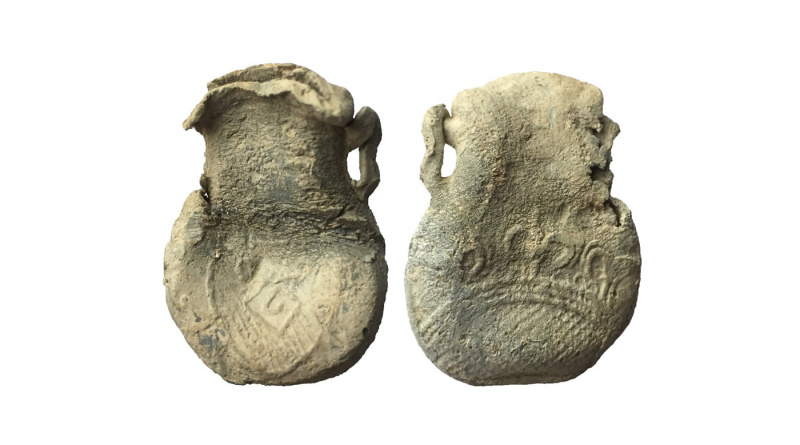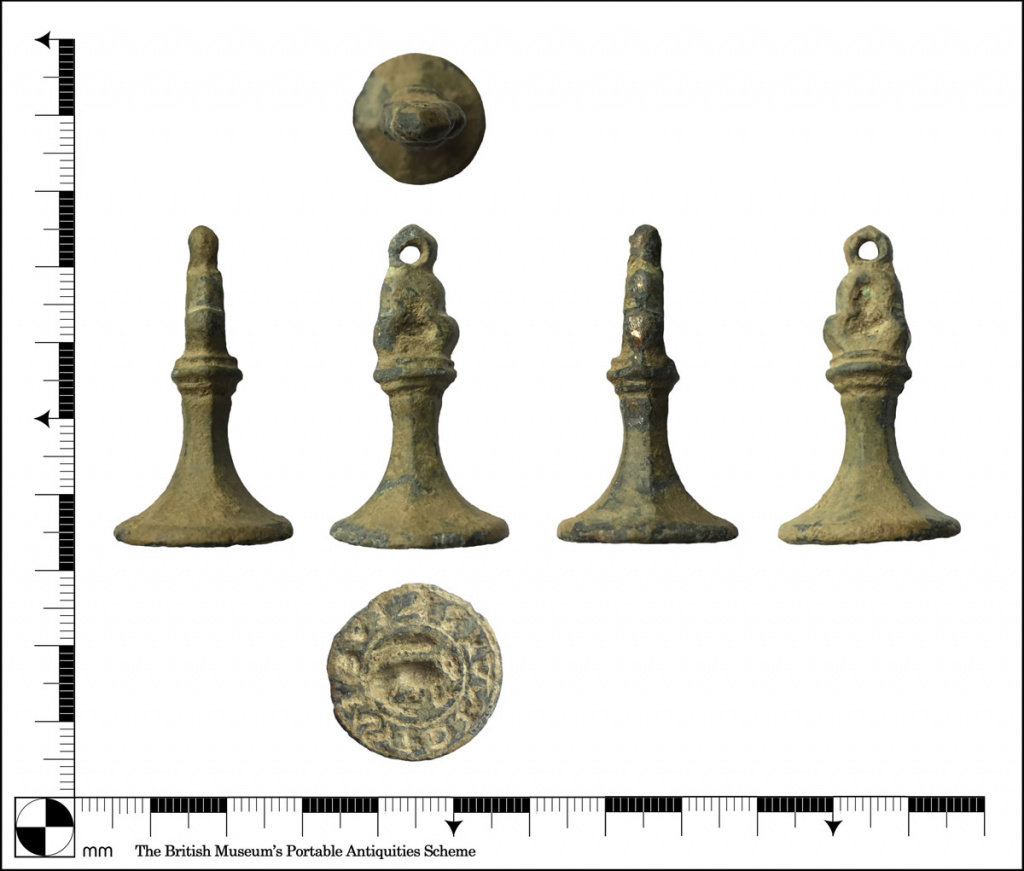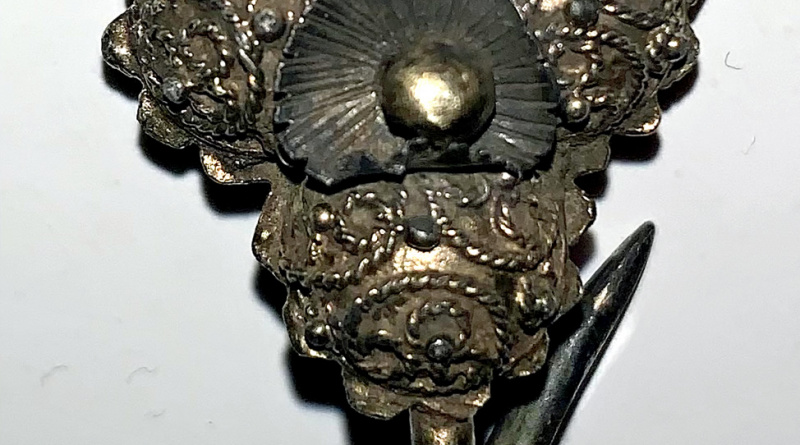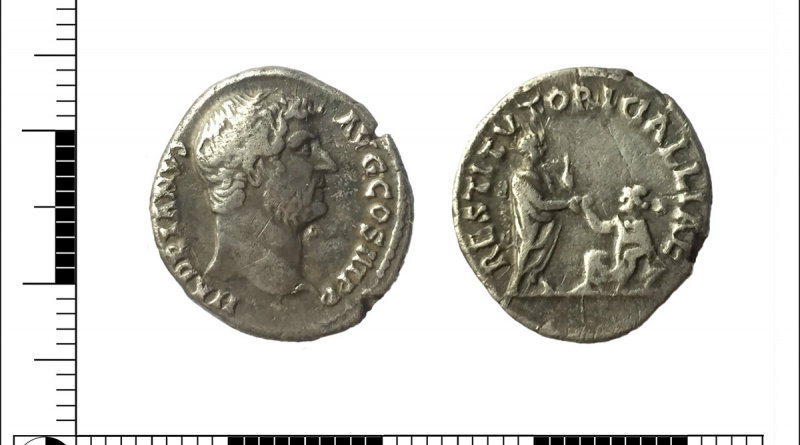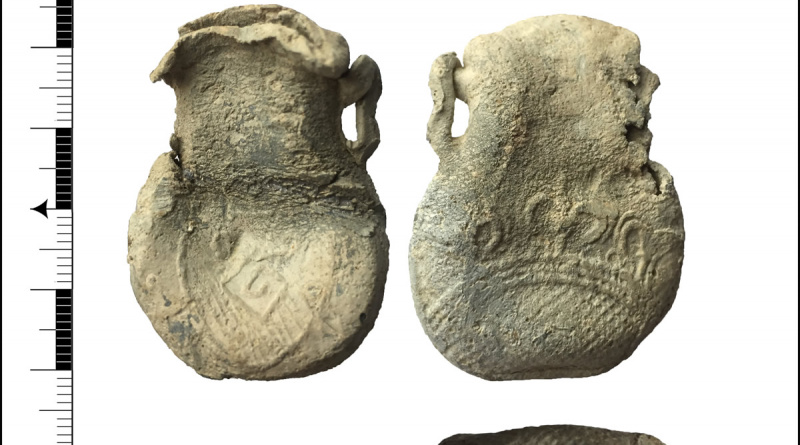PAS Review: week ending 23 April 2021
PAS Review: week ending 23 April 2021
A round-up of some of the finds recorded at the PAS for the week ended 23 April 2021. There were 204 finds recorded in this week
Featured Find
Seal Matrix – “I Crake Notis”
The die depicts a red squirrel facing right with a bushy tail arching over its back and nut between its paws. It bears the legend “I CRAKE NOTIS” in Middle English. Several similar seals, with the same legend, are known. Various explanations have been offered for the imagery and and motto.
Scene from rural life
It could just be an scene from rural life which was amusing to landowners.
Reference to the family who owned the seal
It is suggested that the word “CRAKE” could refer to the Scottish surname Craik. Alternatively, the image could be taken from the owner’s coat of arms; the same image of a squirrel cracking a nut, was quite common in English coats of arms. However, the fairly stereotyped nature of these seals suggest that they were more “off the peg” rather than being personalised.
Pun
It could be a pun on the Middle English word notis (nuts) and and the Anglo-Norman word notes (written notes). The squirrel hoards nuts in a similar way that a landowner stores archival documents. Or the squirrel cracking a nut might allude to the breaking of the seal, to reveal the message inside.
Euphemism
In recent years, a popular explanation is that the motto is a sexual euphemism; animals would often play a sexual role in stories from that time. However, squirrels cracking nuts appear in illuminated manuscripts, simply representing part of God’s creation without any sexual innuendo. Another argument against this idea is that there are examples of members of the clergy using similar seals.

